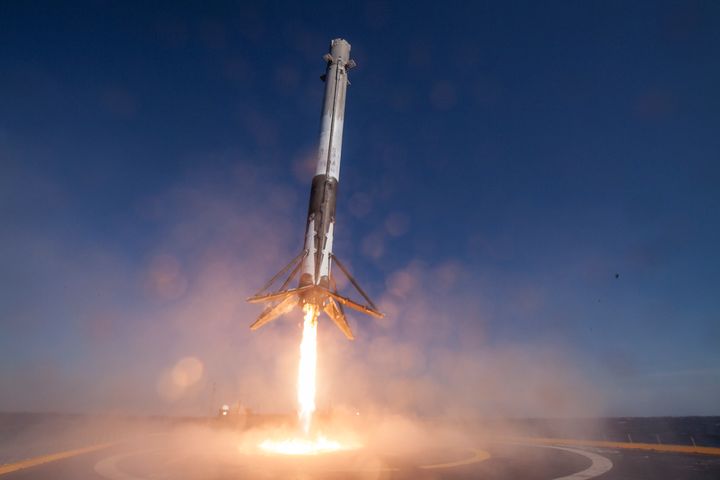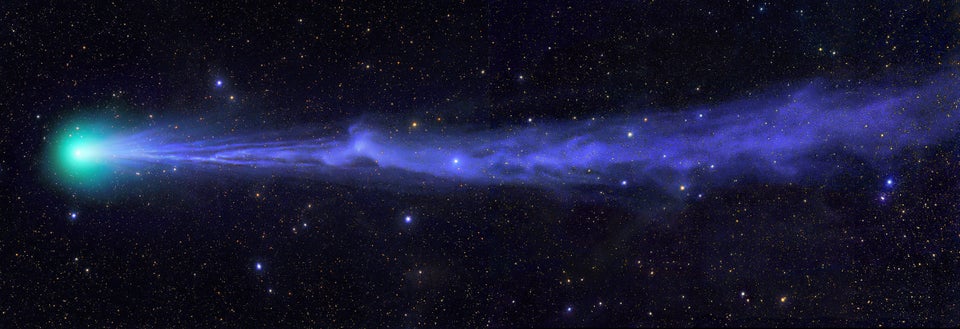SpaceX made history yesterday by launching the first ‘used’ rocket back into space.
The recycled Falcon 9 rocket was first used in a mission last year and then safely brought back to Earth.

Yesterday though it was placed back onto the launchpad and sent back into space.
Once it had delivered its payload, the Falcon 9 rocket descended back through the atmosphere and landed itself on SpaceX’s floating platform Of Course I Still Love You.
What this mission did was affirm SpaceX and Elon Musk’s vision to create a rocket that can launch, land and then be reused over and over again.
While the turnaround was an entire year for this mission, Musk has unsurprisingly set themselves a pretty ambitious stretch goal.
So why is this so important?
It sounds simple enough on paper but when you realise just how mind-bogglingly hard it is to put an object into space you start to realise just how ambitious that vision is.
The conditions that a rocket experiences when it goes into orbit and then has to re-enter the atmosphere are staggering, which is why until now most rockets are considered one-use objects.

This has meant that traditionally rocket launches like these come with pretty astronomical price tags, something that Elon Musk and SpaceX are hoping to reduce, drastically.
Indeed SpaceX offered its first discount to its customer for this launch.
Another huge benefit of using a reusable rocket is the speed at which you can start launching rockets.
There are simply too few opportunities for companies to place objects in space, leading to considerable queues. By creating rockets that can be launched, landed and turned around in a reasonable window it greatly increases the quantity of launches and in turn reduces the price.
In a non-commercial sense it will have huge benefits for space exploration. With NASA increasing its focus on ‘building’ long-range spacecraft in space, a reusable rocket fleet could send modules into space quickly, cheaply and safely.
This doesn’t just apply to spacecraft, the ISS is already reaping the benefits of having a commercial fleet of affordable rockets which it then uses to send up new equipment, re-supply missions and more.
Incredible Astronomy Photographs From 2016














